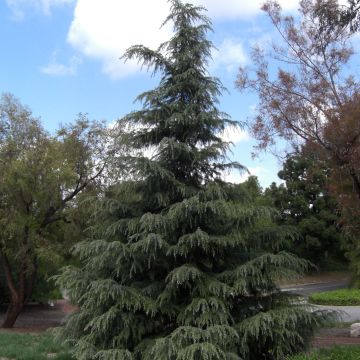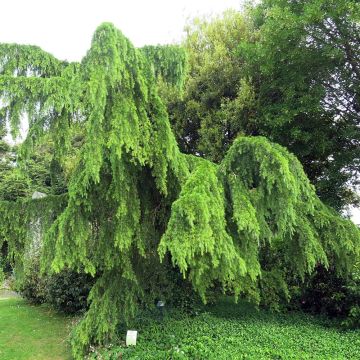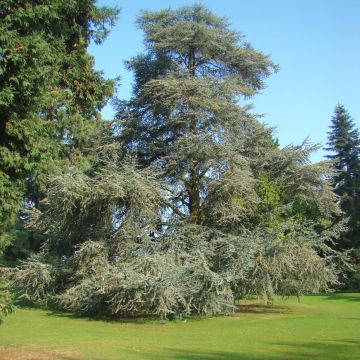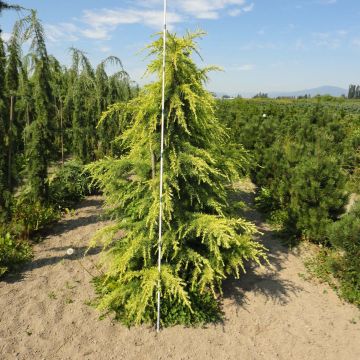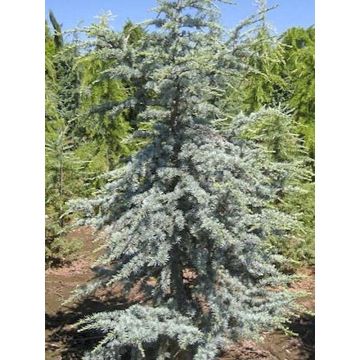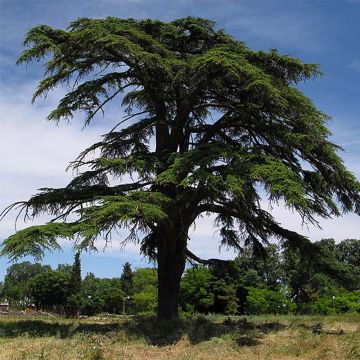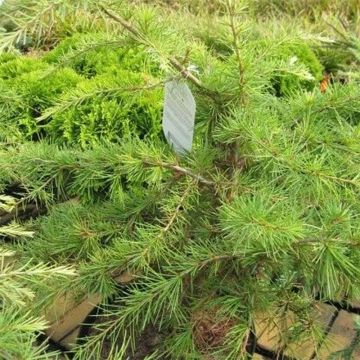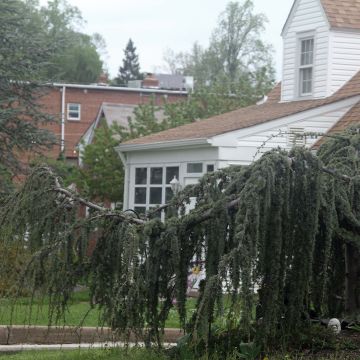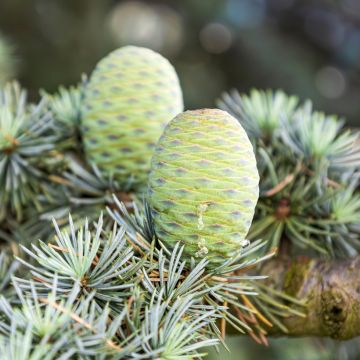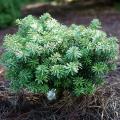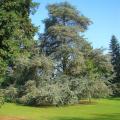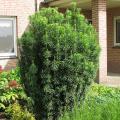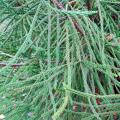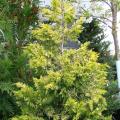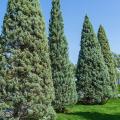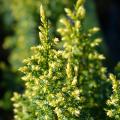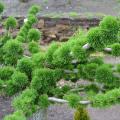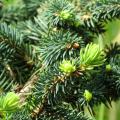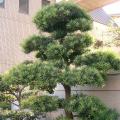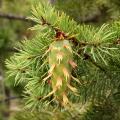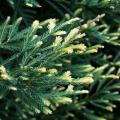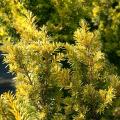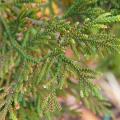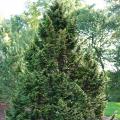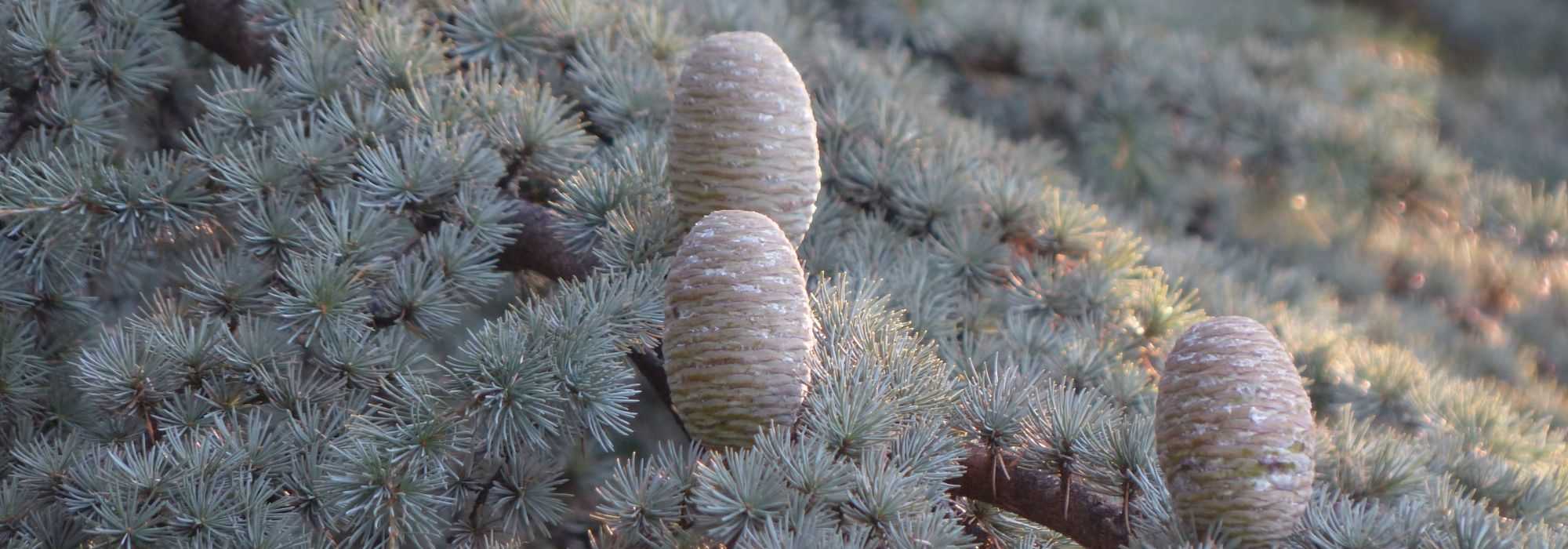Cedar
Would this plant suit my garden? Set up your Plantfit profile →
Available in 2 sizes
Available in 1 sizes
Available in 1 sizes
Available in 1 sizes
Available in 1 sizes
Available in 1 sizes
Available in 1 sizes
Available in 2 sizes
Available in 1 sizes
Available in 1 sizes
Available in 1 sizes
Available in 1 sizes
Available in 1 sizes
Cedar, in Latin Cedrus, is a tall conifer native to Asia and Africa, belonging to the family Pinaceae. Often planted in parks, it is characterised by its tabular habit, with branches spread out in irregular tiers, as well as its longevity. Like the Lebanon Cedar or its cousin from the Atlas Mountains, the Cedrus atlantica, these are giants that are rarely planted in European gardens which have become too small. However, some very ornamental horticultural varieties have less significant growth (at least in height) and are better suited to the size of our gardens. The most commonly planted cedars in gardens are the Himalayan cedar (Cedrus deodara) and its forms, as well as the Blue Atlas Cedar.
In a garden of less than 2000 m2 (21528 ft2), we advise you to plant only one large evergreen conifer or tree. If your garden measures between 2000 (21528) and 10,000 m2 (107639 ft2), a small group of trees (2/3 evergreen to 1/3 deciduous) is sufficient. Beyond that, if you have a true park offering perspectives of at least 100m: plant large trees in alignment, groves, or isolated specimens as you wish.
Haven't found what you were looking for?





































